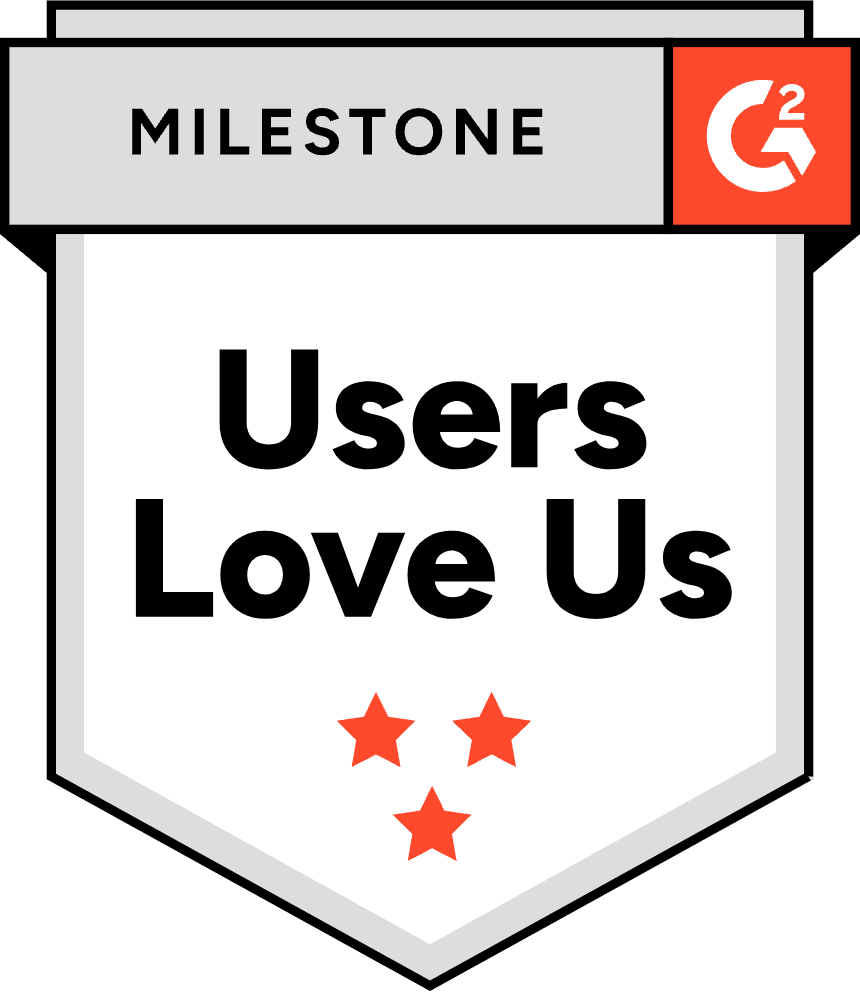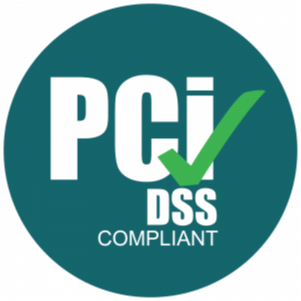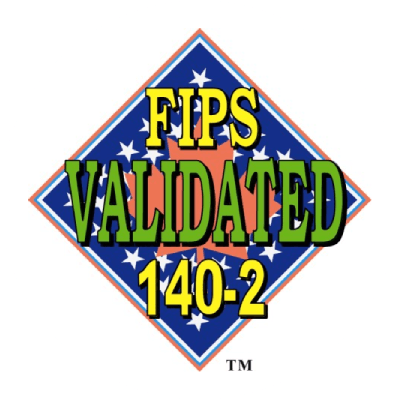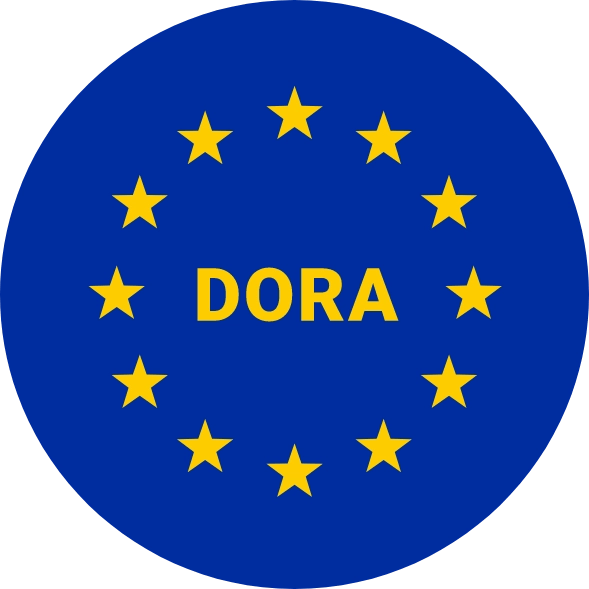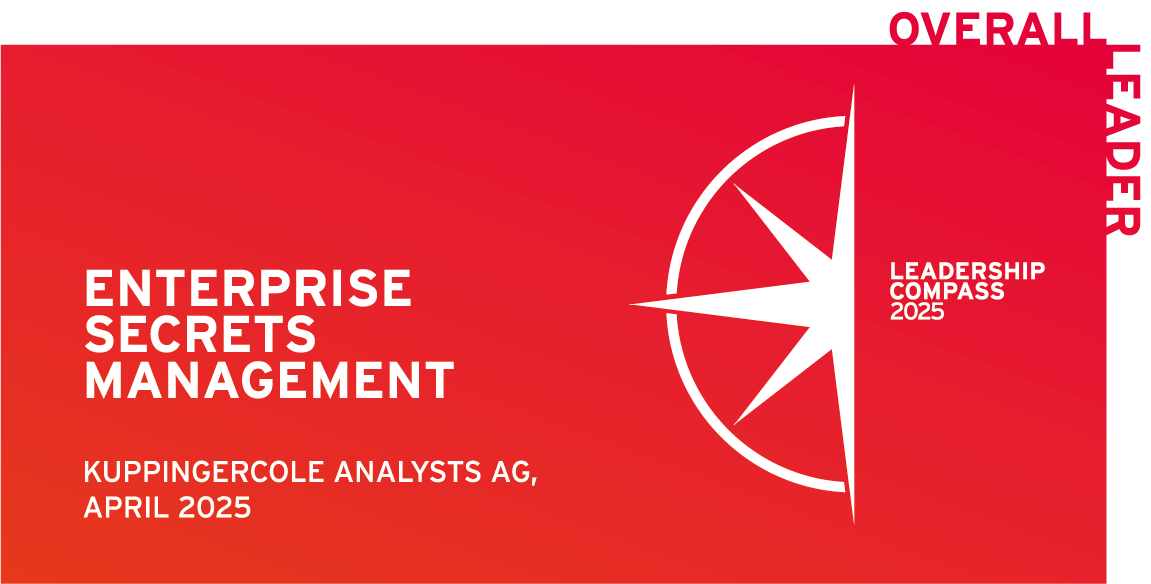Posted by Anne-Marie Avalon
March 26, 2024
Managing secrets involves securely orchestrating a variety of digital authentication credentials, crucial for safeguarding access to applications, services, and critical systems. These credentials, commonly referred to as ‘secrets,’ encompass a wide range of credentials, certificates, and keys. This includes passwords and tokens utilized by individuals, as well as API keys and certificates generated and managed by automated systems, particularly those that safeguard machine identities.
Secrets are essential for securing access to applications, services, and critical infrastructure. Effective management ensures these secrets are protected from unauthorized access and potential exposure, thereby safeguarding sensitive information.
The Critical Nature of Managing Secrets
As organizations transition to cloud computing and embrace DevOps methodologies, the complexity and volume of secrets proliferate. These secrets, scattered across various environments can pose a significant risk if not managed properly. The essence of managing secrets lies in mitigating these risks, preserving operational integrity, and ensuring compliance with stringent regulatory requirements.
What Are Secrets and Why Are They Crucial?
Passwords and PINs: Primarily used by human identities, these secrets provide the first line of defense against unauthorized access. They are the most common form of secrets that individuals encounter daily, from logging into email accounts to accessing secure enterprise systems.
API Keys: These are used predominantly by machine identities, such as applications or services, to authenticate and securely communicate with each other. API keys act as secure access tokens, ensuring that only authorized software entities can perform specific actions or access certain data.
Certificates: Digital certificates play a critical role in establishing secure communications over the internet. By verifying the ownership of a public key, certificates provide a foundation for trust in digital environments, enabling secure transactions and data exchange.
Credentials: Expanding the scope of secrets to include credentials broadens our understanding of the diverse types of sensitive information that must be managed. Credentials encompass a range of secret information necessary for authentication purposes, including but not limited to:
- SSH Keys: Secure Shell (SSH) keys are a pair of cryptographic keys used to authenticate to an SSH server as an alternative to password-based logins. They are widely used for automated processes and for secure access to remote servers.
- Database Connection Strings: These contain information needed to connect to databases, including usernames, passwords, and host information. They are crucial for applications to interact with databases securely and efficiently.
- Cloud Service Credentials: Many cloud services require specific credentials for access and management. These may include access keys, secret access keys, and tokens specific to cloud platforms like AWS, Azure, or GCP.
5 Key Elements of Managing Secrets
- Secure Creation: Generating secrets in a manner that ensures they are robust and resistant to attacks. This often involves using algorithms that produce high entropy values, making the secrets difficult to guess or brute-force.
- Comprehensive Handling: Establishing protocols for how secrets are used within applications and services, ensuring they are invoked securely and in a manner that minimizes risk.
- Controlled Sharing and Storage: Implementing encrypted storage solutions and controlled sharing mechanisms to protect secrets both at rest and in transit. This minimizes the risk of exposure during data breaches or via unauthorized access.
- Access Control: Defining and enforcing strict policies regarding who and what can access these secrets, under what circumstances, and tracking their usage. This often involves implementing least privilege access, ensuring entities have only the minimal level of access required.
- Regular Rotation and Auditing: Periodically changing secrets to limit the damage of potential exposure and conducting audits to ensure compliance with security policies and identify potential vulnerabilities.
The Importance of Managing Secrets
- Preventing Unauthorized Access: Properly managed secrets and credentials prevent attackers from gaining unauthorized access to systems, applications, and data, significantly reducing the risk of data breaches.
- Maintaining Integrity and Confidentiality: Effective secrets and credential management ensures that sensitive information remains confidential and that the integrity of data is not compromised.
- Regulatory Compliance: Many industries are subject to regulations that require the secure management of secrets and credentials. Failure to comply can result in severe penalties and loss of trust.
Ten Bad Practices to Avoid When Managing Secrets
Bad practices significantly increase the risk of data breaches, compliance violations, and operational disruptions. Organizations should be aware of these pitfalls and actively work to avoid them. Below are some of the most common bad practices in managing secrets:
1. Hardcoding Secrets in Source Code
Embedding secrets directly in application source code or configuration files is a risky practice. This allows anyone who can view the code to easily access the secrets, whether stored in public or private repositories.
2. Inadequate Rotation of Secrets
Failing to regularly rotate secrets, such as passwords, keys, and tokens, can leave systems vulnerable to attacks. Using the same secret persistently over a long period increases the risk of compromising the secret.
3. Using Default or Weak Secrets
Attackers can easily exploit default passwords or weak, easily guessable secrets (e.g., “password,” “admin123”). Generate strong, unique secrets for each service, application, and user.
4. Lack of Centralized Secrets Management
Organizations without a centralized secret management approach struggle to track secret storage and access. This scattering complicates enforcing consistent security policies and quick breach responses.
5. Insufficient Access Controls
Granting broad or unnecessary access to secrets can lead to security vulnerabilities. Implementing the principle of least privilege is essential, granting individuals and services access only to the secrets needed for their specific roles and tasks.
6. Neglecting Encryption of Secrets
Storing secrets in plain text, without encryption, exposes them to potential interception and misuse. Always encrypt secrets, both at rest and in transit, to protect them from unauthorized access.
7. Overlooking Audit Trails for Secret Access
Failing to monitor and log access to secrets can make it challenging to detect unauthorized access or trace the source of a breach. Comprehensive audit trails are crucial for security monitoring and compliance purposes.
8. Ignoring Automated Solutions for Secrets Management
Relying on manual processes for managing secrets increases the likelihood of human error and inefficiencies. Automated secrets management solutions can help enforce best practices, such as rotation and access controls, more consistently and effectively.
9. Sharing Secrets Insecurely
Sharing secrets via insecure channels (e.g., email, messaging apps) can expose them to interception. Secure sharing mechanisms, ideally integrated into a secrets management solution, should be used to share secrets safely.
10. Not Preparing for Secret Compromise
Organizations must have a response plan in place for when a secret is suspected of being compromised. This includes the ability to quickly revoke access, rotate the compromised secret, and investigate the breach.
Managing Secrets FAQ
- How can organizations effectively rotate secrets?
Organizations can automate the rotation process using a secrets management platform like Akeyless, which can handle the complexity of updating secrets across services without downtime or manual intervention.
- Why is centralized secrets management important?
Centralized secrets management consolidates the storage, access, and rotation of secrets into a single platform, improving security, simplifying compliance, and making it easier to audit and monitor secret usage.
- Can Akeyless help with managing secrets in multicloud environments?
Yes, Akeyless manages secrets across multicloud, hybrid, and on-premises environments. It offers a unified platform for seamless integration and consistent policy enforcement across various cloud providers.
- How does monitoring access to secrets improve security?
Monitoring access helps detect unauthorized attempts to access secrets, enabling rapid response to potential threats. It also provides valuable insights for auditing and compliance purposes.
- What should organizations do if a secret is compromised?
Organizations should immediately rotate the compromised secret, revoke access from unauthorized entities, conduct a security audit to determine the breach’s scope, and implement measures to prevent future incidents.
Akeyless Vaultless® Secrets Management: A New Era in Managing Secrets
Akeyless Vaultless® Secrets Management is at the forefront of addressing these challenges, offering an innovative solution for managing secrets across diverse IT ecosystems that includes:
- Enhanced Security for Human and Machine Identities: Akeyless secures secrets used by both human and machine identities through its Distributed Fragments Cryptography™ (DFC), ensuring that only authorized entities can access sensitive information.
- Simplified Secrets Management: By providing a centralized platform for managing secrets, Akeyless eliminates the complexities associated with managing a vast number of secrets across multiple environments.
- Regulatory Compliance with Ease: Akeyless helps organizations meet stringent compliance requirements, thanks to its secure architecture and comprehensive audit capabilities.
How The Akeyless Platform Transforms Managing Secrets
Vaultless® Secrets Management allows organizations to achieve remarkable operational efficiency. The automation of secret rotation and management significantly reduces the manual effort involved, minimizing the risk of human error that could potentially lead to security vulnerabilities. Here’s how Akeyless is changing the game.
Operational Efficiency Through Automation: Streamlining Secret Management Processes
Vaultless® Secrets Management empowers organizations with unprecedented operational efficiency. By automating the rotation and management of secrets, Akeyless significantly reduces the manual effort required, thereby minimizing the risk of human error. This automation plays a crucial role by regularly updating and managing secrets without constant manual intervention. It reduces the risk of security vulnerabilities from outdated or poorly managed secrets.
Cost-Effectiveness of SaaS Model: Reducing Total Cost of Ownership
The Akeyless platform, delivered as a Software as a Service (SaaS), introduces a cost-effective approach to managing secrets. This model not only simplifies the deployment and maintenance of a secrets management solution but also lowers the total cost of ownership by an average of 70% compared to traditional approaches. This affordability makes Akeyless an attractive option for businesses of all sizes, ensuring that even smaller organizations can benefit from advanced secrets management without breaking the bank.
Enhanced Security Posture: Advanced Encryption and Access Control
Akeyless enhances an organization’s security posture with a blend of advanced encryption, access control, and Distributed Fragments Cryptography (DFC). This innovative approach not only ensures the highest level of data protection against unauthorized access and cyber threats but also guarantees that Akeyless itself cannot access your secrets.
By utilizing DFC, Akeyless splits encryption keys into multiple fragments distributed across different locations, meaning no single entity, not even Akeyless, can access or reconstruct your complete secrets.
This method significantly elevates the defense of an organization’s critical assets, reinforcing the security infrastructure to robustly counter the threats of an increasingly hostile digital environment, while ensuring absolute privacy and control over your sensitive data.
How does Akeyless ensure that it doesn’t have access to our secrets?
Akeyless’ foundation of Distributed Fragments Cryptography™ (DFC), a patented technology, ensures Akeyless itself cannot access your secrets. This zero-knowledge architecture works by splitting encryption keys into multiple fragments, with one crucial fragment always retained within your environment.
The complete key, necessary for decrypting any secret, is never fully assembled in Akeyless’s infrastructure or anywhere else outside your control. Consequently, even Akeyless cannot access or decrypt your secrets, providing an unparalleled level of security and privacy for your sensitive information. This approach not only fortifies your data against external threats but also ensures that your secrets remain confidential and accessible solely by authorized personnel within your organization.
Conclusion
Mastering the art of managing secrets is essential today. Akeyless Vaultless® Secrets Management platform revolutionizes this critical aspect of cybersecurity, providing organizations with a robust, efficient, and compliant way to safeguard their most sensitive information.
Try it yourself for free or see it in action during a live demo tailored to your needs.




